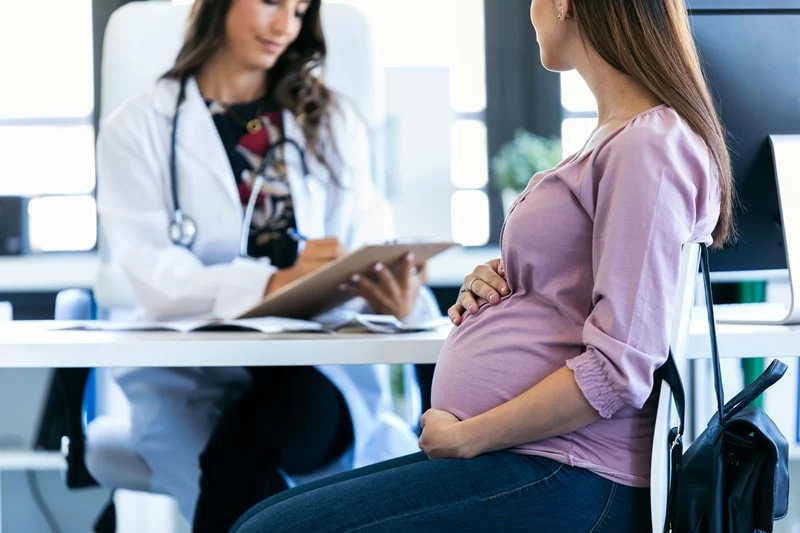- 02 Aug 2021
- •
- 2 min read
Parliamentary Committee recommends change in law for maternity claims

Earlier this month, the House of Commons’ Health and Social Care Committee presented its findings from an inquiry into the safety of maternity services in England.
The Committee made a number of significant recommendations in its report. In particular, the Committee felt that “the clinical negligence process is failing to meet its objectives for both families and the healthcare system”. As a result, the Committee recommended that provision be made for compensation claims to be pursued in maternity cases where an incident was avoidable (even if it was not necessarily negligent).
The government is due to respond to the Committee’s report in early September.
Historically, in order to bring a clinical negligence claim for compensation for sub-standard medical treatment a person has had to prove that the treatment received was not in accordance with the standard of a reasonable body of clinicians. This threshold is usually referred to as “the Bolam test”, after the court case relating to this test (Bolam v Friern Hospital Management Committee [1]). This is widely viewed as a high threshold. If the hospital or clinician in question can point to other reasonable clinicians who would have acted in the same manner, a claim is unlikely to succeed.
More recently, there appears to have been a shift, in some areas, away from “the Bolam test”. In 2015, the Montgomery case (Montgomery v Lanarkshire Health Board [2]), set ground breaking precedent that clinicians have a duty and requirement to advise patients about all and any risks regarding treatment, that the particular patient would reasonably wish to know, when obtaining consent for treatment. Previously, it would have been sufficient for the clinician to have simply informed the patient of those risks which a reasonable body of clinicians would have deemed appropriate, as a matter of medical judgment.
If the government were to adopt the Committee’s recommendations regarding avoidable incidents in maternity care, this would signal a further shift to a lower threshold. A number of complications can, sadly, occur with maternity treatment which could be deemed as avoidable, whilst other reasonable clinicians may still have done the same.
James Braund, Partner and specialist clinical negligence solicitor at Trethowans’ Poole office, commented that “It remains to be seen whether the government will embrace some, or indeed any, of the Committee’s recommendations. This is a cross party committee and some elements in the government have long been advocating a standardisation of future loss of earnings, in such claims, based on the national average wage rather than the likely wage applying to a specific case, which the Committee have also included as one of their other recommendation.”
James added that “If the government did press ahead with the recommendation allowing claims for any avoidable incidents in maternity care, it would have significant and far reaching implications for maternity claims and, by proxy, maternity treatment itself (as one would expect Hospital Trusts to respond to such a change by improving services to avoid an increase in claims). If such changes were adopted, it would be likely that they may be dovetailed with some of the Committee’s other recommendations, such as a standardisation of future loss of earnings in claims or removing the ability for Claimants to claim for the cost of private healthcare if the same is available under the NHS.”
Footnotes
[1] Bolam v Friern Hospital Management Committee [1957] 1 WLR 582
[2] Montgomery v Lanarkshire Health Board [2015] SC 11 [2015] 1 AC 1430





